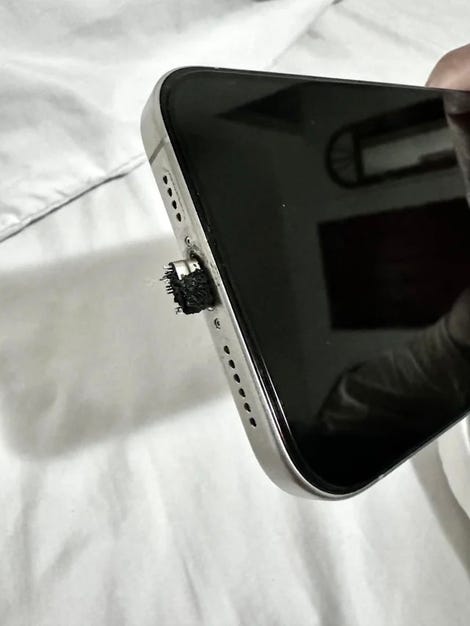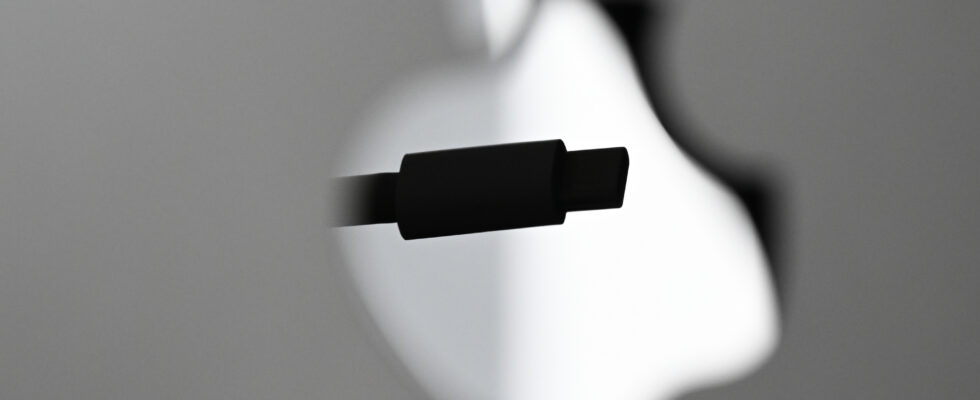Some behaviors border on nonsense. For example, I’ve seen countless people spend hundreds of dollars on a smartphone, then connect that overpriced device with ultra-cheap cables and chargers, purchased at dollar stores or on a website doubtful.
As someone who tests a lot of cables and chargers, I know there are a lot of crappy accessories on the market. Products that I wouldn’t want to connect to my iPhone.
But there is a flip side: the charging and battery management systems built into modern devices are so good that they can still be safely plugged into these loathsome accessories. They may charge slowly, if at all, but it’s surprisingly difficult to cause a smartphone or tablet to explode, produce sparks, or cause them to catch fire.
A photo is worth a thousand words
I know this because I tried to do it. In fact, I try very often. The most common problems I encounter are chargers not working properly and cables with connectors that come loose easily.
But things can go wrong, as one Reddit user found out the hard way.
NoisilyMarvellous returned to his iPhone 15 Pro Max that had been left charging to discover that the cable had “melted some of the plastic, left burn marks on the body of the device, and stuck the metal part of the USB port- C in the smartphone”. Removing the charred remains of the cable, they discovered that “the entire interior (of the smartphone) was blackened and, most importantly, that it no longer charged with a charging cable.”
The iPhone was usually charged using an “Amazon travel adapter and USB-C cable” and, according to the user, the cable was “long (for convenience).”

Charred remains of a USB-C charging cable. NoisilyMarvellous/Reddit
Trust the brands!
Okay, I’ve only seen a photo of the aftermath, but it seems to me that the root cause is a damaged cable at the connector, where flexing and bending caused a short circuit and overheating. A decent charger should detect this type of problem and stop sending power down the cable. But lower-quality chargers with fewer safety features can continue to send power, leading to overheating.
But again, I want to emphasize that this is an exceptionally rare set of circumstances. This is a case where a bad charger and a damaged cable combined in the right – or wrong – way to cause damage.
Of course, if you want to go for cheaper and more affordable chargers and cables, I advise you to choose quality products from companies like Anker and Ugreen, and avoid cheap products without a brand name (generics).
A cable too long? It’s wrong !
I saw in the comments a few people saying that the problem was caused by a cable that was too long.
It’s wrong.
I regularly use USB-C-to-USB-C cables with a length of 30cm which can handle up to 240W of power without any problems.
One last tip for the road: If you notice that a cable or charger is damaged or that something is overheating, stop using the equipment immediately.
Source: “ZDNet.com”
